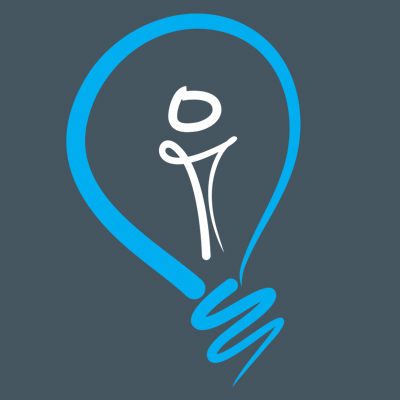
07 Sep What is the anatomy of a good LinkedIn post?
A well-crafted LinkedIn post is essential for making a positive impression on your professional network. And, there are various post types for different purposes: Text Posts for quick updates, Image and Video Posts for visual engagement, Articles for deep insights.
Also, to increase engagement link shares for external content, or downloadable PDFs/Documents for engaging pillar content, polls, promoting your webinars or events and job posts to boost your recruitment.
What to consider when creating LinkedIn posts
No matter which type of post you need to create the following tips identify what we think you need to consider when creating good LinkedIn posts.
- Engaging Headline/Intro: Start with a captivating headline or introduction that grabs readers’ attention. Pose a question, share an interesting fact, or provide a teaser that entices people to read further.
- Clear and Concise Content: Keep your post concise and focused. LinkedIn users generally prefer posts that get to the point quickly. Aim for around 150-300 words at most.
- Value and Relevance: Ensure your post provides value to your audience. It should be relevant to your industry, field, or area of expertise. Share insights, tips, experiences, or thought-provoking ideas.
- Visual Content: Incorporate eye-catching visuals, such as images, infographics, or videos, to make your post stand out in the feed and increase engagement.
- Structured and Readable: For longer posts use short paragraphs, bullet points, or line breaks to make your content easily scannable. This improves readability, especially on mobile devices.
- Personal Touch: Add a personal touch to your post. Share personal experiences, anecdotes, or stories to connect with your audience on a more human level.
- Call to Action (CTA): Include a clear and relevant call to action. Whether it’s asking a question, encouraging readers to share their thoughts, or directing them to a resource, a CTA helps spark engagement.
- Hashtags: Use relevant and trending hashtags to increase the discoverability of your post. Research which hashtags are commonly used in your industry or topic area.
- Tagging and Mentioning: If your post mentions or is relevant to specific individuals, companies, or organisations, consider tagging them using the “@” symbol. This can help your post reach a broader audience.
- Positive Tone and Professional Language: Maintain a positive and professional tone in your post. Avoid using overly casual language, jargon that might not be widely understood, or controversial topics.
- Proofreading: Before publishing, thoroughly proofread your post for spelling and grammar errors. A well-written post demonstrates professionalism and attention to detail.
- Engagement and Interaction: After you’ve posted, actively engage with the comments and interactions your post receives. Respond to comments, answer questions, and foster meaningful conversations.
- Timing: Post at times when your target audience is likely to be active on LinkedIn. Typically, weekday mornings or early afternoons tend to have higher engagement rates.
- Analytics and Iteration: Pay attention to the analytics provided by LinkedIn. Learn from the performance of your posts, and adjust your strategy accordingly. Experiment with different types of content and formats to see what resonates best with your audience.
Remember that authenticity and genuine engagement are key on LinkedIn. Building relationships and credibility within your professional network takes time, so focus on providing value and fostering meaningful interactions.
Some of our insights that might interest you
-
Why do your B2B demand generation campaigns fail?
All too often, outbound B2B demand generation campaigns fall short of their goals. Incognate’s CEO, John Bancroft, provi...
23 July, 2024 -
A new approach to insides sales
Discover a cost-effective approach to inside sales that optimises resources and maximises ROI. Learn how leveraging exte...
10 July, 2024 -
Unlocking success in B2B email marketing engagement for 2024: Adapting to shifting work trends
In a rapidly evolving B2B landscape, adapt to shifting work trends and skyrocket your email outreach success. Discover 5...
22 January, 2024 -
5 ways to boost your B2B email engagement
As the competition to get your emails read above others rages, how can you improve your email open rates and clicks? In ...
27 November, 2023








